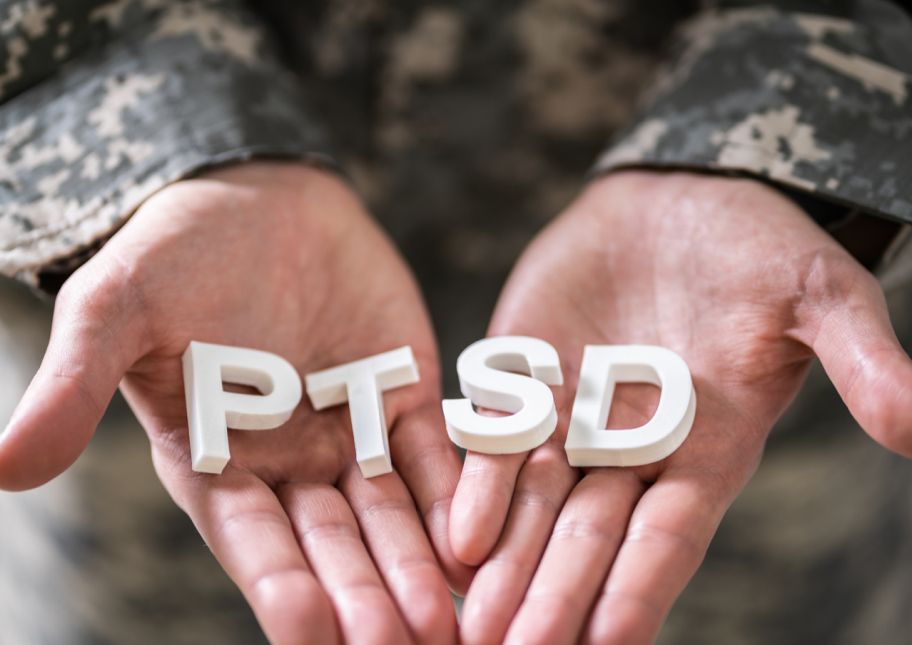Simplifying identification and treatment of PTSD using digital tools
Post-traumatic Stress Disorder (PTSD) is a mental condition characterized by extreme anxiety, nightmares, flashbacks, and persistent thoughts brought about by a frightening event.

Post-traumatic Stress Disorder (PTSD) is a mental condition characterized by extreme anxiety, nightmares, flashbacks, and persistent thoughts brought about by a frightening event. PTSD may be a result of or can be exacerbated by, traumatic experiences such as exposure to natural or man-made calamities, wars, or crimes. Many of those who experience PTSD are unable or unwilling to get support due to various factors such as stigma, as well as geographical, and financial limitations. A 2018 report by Carolyn M. Yeager and Charles C. Benight of the University of Colorado states that PTSD, with the lack of opportunity for its early diagnosis, is a major contributor to disability problems in countries across the globe.
Many reports declared the meteoric rise in the use of digital tools for mental health when the world locked down during the pandemic. Today, as different parts of the world reopen, virtual care for other services has decreased. Despite this, the increased use of digital behavioral health tools has remained consistent through the end of 2020, according to a Cigna Report. Many articles also highlight the advantages of utilizing digital tools for conditions such as PTSD. With evidence to show that digital mental health is here to stay, what are the tools being used to treat conditions like PTSD, and what are their benefits?
Synchronous Approach
The most commonly utilized digital tool for PTSD treatment is Videoconferencing. It involves the use of the internet to engage in live audio-visual calls, hence the synchronous approach. According to a published article in the US National Library of Medicine, Videoconferencing, which allows for sessions to be held remotely, has been shown to remarkably reduce PTSD symptoms. The study also noted that videoconferencing does not compromise the treatment process. At the same time, it has resulted in increased accessibility of treatment.
Asynchronous Approaches
Asynchronous approaches involve interactions between patients and their providers that might not be done in real-time. This can include answering tests, providing text inputs, recording videos, checking into specific locations, and other activities using platforms accessed through web browsers or apps in computers and mobile devices. The data generated from the users are then monitored, recorded, and used to identify symptoms of PTSD and other mental conditions.
Examples of asynchronous tools, which are now made available by innovative platforms such as Rose, and that can be beneficial in the treatment of PTSD, are:
- Messaging Tools. This tool allows patients and physicians to send and receive messages, photos, and files at any given time while allowing both to respond on a convenient schedule. According to a CME Article in Healio, PTSD patients who utilized asynchronous messaging therapy have exhibited improvements in their symptoms that are comparable to conventional treatment approaches.
- Digital Journaling. A digital journal allows users to jot down and record their thoughts, feelings, and emotions about what happened during the day using their computer or mobile device. A widely-used tool for managing stress, boosting productivity, and improving mental well-being, digital journals may be accessed on the go. Rose’s digital journal in its patient app utilizes AI and NLP technologies that recognize symptoms of PTSD and other mental conditions. The provider can then monitor these patient inputs and is prompted, should there be a need for immediate intervention.
- Online Tests and Questionnaires. Some digital mental health apps like Rose provide regular assessments like GAD-7, which identifies anxiety, a symptom of PTSD. These assessments are used to monitor changes in a patient’s mental wellness over time and provide more opportunities for early detection of new or progressing issues. According to the Healio CME Article, an advantage of early identification of PTSD risk is better chances for intervention during the so-called “golden hour” after a traumatic experience, which can result in improved outcomes.
While synchronous telemedicine is now widely utilized, and with asynchronous digital health fast becoming an invaluable tool in providing timely care for those suffering from PTSD and other mental concerns, important steps need to be taken to take better advantage of these technologies. A group lead by the University of Washington and Northwestern University identified three recommendations to better utilize digital health for improving patient outcomes:
- Involve providers in guiding the patient with the use of digital tools. According to the group, patients tend to have a higher compliance rate with physician-assisted programs than fully automated tools.
- Make it easy for digital health to be reimbursable. Providing CPT codes for digital mental health services will allow for more organizations to embrace digital mental health.
- Establish clear standards. Well-defined criteria for digital health platforms will empower healthcare agencies to identify effective, secure, and safe options.
Interested to know more about the Digital Tools in Rose’s patient- and provider-facing platforms that can support treatment for PTSD? Click here to schedule a demo!